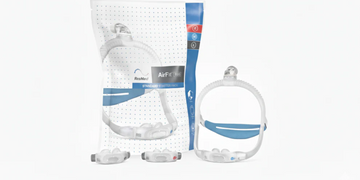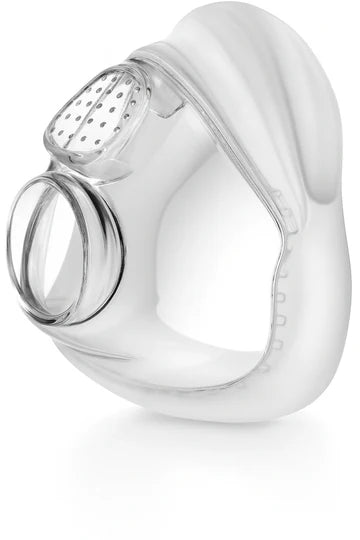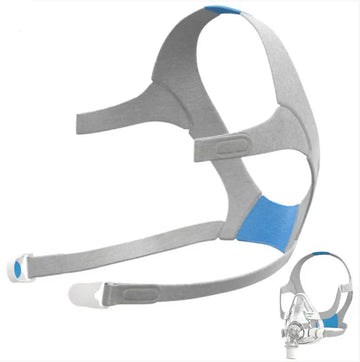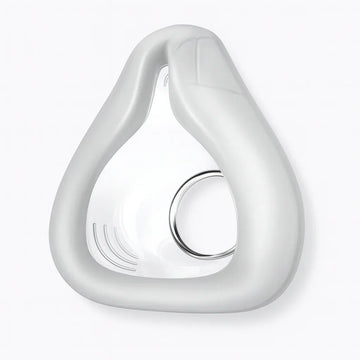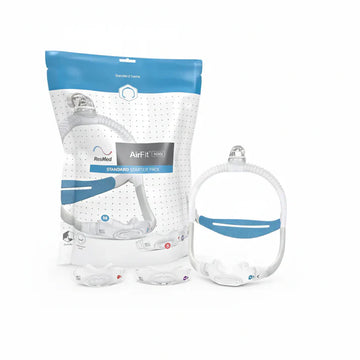When you start using CPAP therapy for sleep apnea, one of the most important things to learn is how to properly clean and maintain your equipment. Your CPAP mask, tubing, filters, and humidifier chamber come into contact with moisture and skin oils every night, creating the perfect environment for bacteria, mould, and unpleasant odours if not cared for correctly.
A well-maintained CPAP machine not only lasts longer but also ensures that your therapy is effective, comfortable, and safe. In this guide, we’ll cover the best practices for cleaning CPAP equipment, the common mistakes to avoid, and how often each part should be cleaned or replaced.
Why Cleaning Your CPAP Equipment Is So Important
Skipping regular cleaning may seem harmless at first, but dirty equipment can cause a range of issues:
-
Health risks – Unclean masks and tubing can harbour bacteria, fungi, and dust, leading to respiratory infections, sinus problems, and skin irritation.
-
Reduced comfort – Oil build-up on the mask cushion can cause air leaks and poor fit.
-
Shortened lifespan – Mineral deposits, mould, and clogged filters can damage your CPAP machine.
-
Unpleasant odours – Dirty tubing or humidifier chambers may develop a musty smell that makes therapy uncomfortable.
Keeping a cleaning routine is the simplest way to make sure your therapy remains both safe and effective.
Daily Cleaning Routine
A few minutes each morning is all it takes to keep your CPAP equipment fresh and hygienic.
-
Mask cushion or nasal pillows – Wash with warm, soapy water using a mild, fragrance-free soap. Rinse thoroughly and allow to air dry.
-
Humidifier chamber – Empty any leftover water, rinse with warm water, and leave to air dry. Always use distilled water to prevent mineral build-up.
This quick routine prevents bacteria from growing and keeps your CPAP mask sealing properly.
Weekly Cleaning Routine
Once a week, set aside time for a deeper clean:
-
CPAP tubing – Soak in warm water with a few drops of mild soap. Rinse thoroughly to ensure no soap residue remains, then hang to dry completely. If you are using ResMed Slimline CPAP tubing, be extra careful to let it dry fully as its lightweight design can hold moisture if not properly drained.
-
Headgear straps – Hand wash with gentle soap and warm water. Allow to air dry, away from direct sunlight to avoid stretching or damage. Regular cleaning helps extend the life of your straps, and if you use ResMed CPAP headgear, this routine will help maintain both comfort and fit.
-
Humidifier chamber – Wash with mild soap and warm water, rinse thoroughly, and leave to air dry. For extra care, you can occasionally soak it in a solution of one part white vinegar to three parts water to remove mineral deposits.
-
CPAP filters – Check whether you have disposable or reusable filters. Disposable ones should be replaced every 2–4 weeks, while reusable filters should be rinsed once a week and replaced every 3–6 months. If you use ResMed HumidX filters, make sure you replace them as recommended to ensure the best performance from your CPAP therapy.
This routine not only keeps your equipment clean but also improves the performance of your CPAP machine.
Best Practices for Cleaning CPAP Equipment
To get the most out of your cleaning routine, keep these best practices in mind:
-
Use gentle, fragrance-free soap – Strong chemicals, bleach, or antibacterial cleaners can damage silicone and plastic parts.
-
Rinse thoroughly – Soap residue can irritate your skin and affect mask performance.
-
Air dry completely – Never use hairdryers, heaters, or direct sunlight to dry equipment, as this can cause warping or cracks.
-
Replace parts on schedule – Even with regular cleaning, CPAP masks, tubing, and filters need replacing over time.
-
Use distilled water in your humidifier – Tap water can leave behind mineral deposits that encourage mould growth.
By following these steps, your CPAP therapy stays hygienic, comfortable, and effective.
Common Mistakes to Avoid
While many people understand the need for cleaning, mistakes often happen. Here are some of the most common ones to watch out for:
-
Using harsh cleaners – Products with bleach, alcohol, or vinegar used too frequently can weaken silicone and shorten equipment life.
-
Not cleaning regularly – Skipping daily and weekly cleaning allows bacteria and mould to grow, leading to health issues.
-
Drying with towels – Towels can leave behind lint or fibres that may end up in your CPAP machine or mask.
-
Reusing old filters – Dirty filters can block airflow, reduce machine efficiency, and increase the risk of allergies.
-
Filling the humidifier with tap water – This can cause calcium build-up, leading to cloudiness and cracks in the chamber.
Avoiding these mistakes will keep your equipment safe and extend its lifespan.
How Often Should You Replace CPAP Equipment?
Cleaning is important, but replacement is just as necessary. Here’s a general guide:
-
Mask cushion or nasal pillows – Every 1–3 months
-
Mask frame – Every 3–6 months
-
Headgear straps – Every 6 months
-
Tubing – Every 6–12 months
-
Filters – Every 2 weeks (disposable) or every 3–6 months (reusable)
-
Humidifier chamber – Every 6–12 months
Replacing on time prevents problems like air leaks, poor fit, and reduced therapy effectiveness.
Storing Your CPAP Equipment
Another overlooked part of maintenance is storage. Always keep your CPAP mask, tubing, and machine in a clean, dry area. Avoid humid environments such as bathrooms, as moisture can encourage mould growth. If you travel often, use a protective case to prevent damage and keep accessories dust-free.
Where to Buy Replacement CPAP Masks and Accessories
When it’s time to replace your equipment, make sure you choose trusted suppliers. At CPAP Studio, we provide a wide selection of CPAP masks, tubing, headgear, humidifier chambers, and filters from leading brands like ResMed. All our products are genuine, affordable, and designed to keep your therapy safe and effective.
Shopping with us means:
-
A wide range of replacement parts for every need
-
Fast delivery across the UK
-
Expert advice to help you choose the right accessories
Final Thoughts
Cleaning your CPAP equipment may seem like a small task, but it has a big impact on your health and the success of your therapy. By following a regular routine, using the right cleaning methods, and replacing parts when needed, you can ensure your CPAP machine continues to deliver reliable, comfortable therapy every night.
Remember: clean equipment means better sleep, improved comfort, and a healthier life. If you need replacement CPAP masks and accessories, Take a look to CPAP Studio to find everything you need for stress-free, effective therapy.

